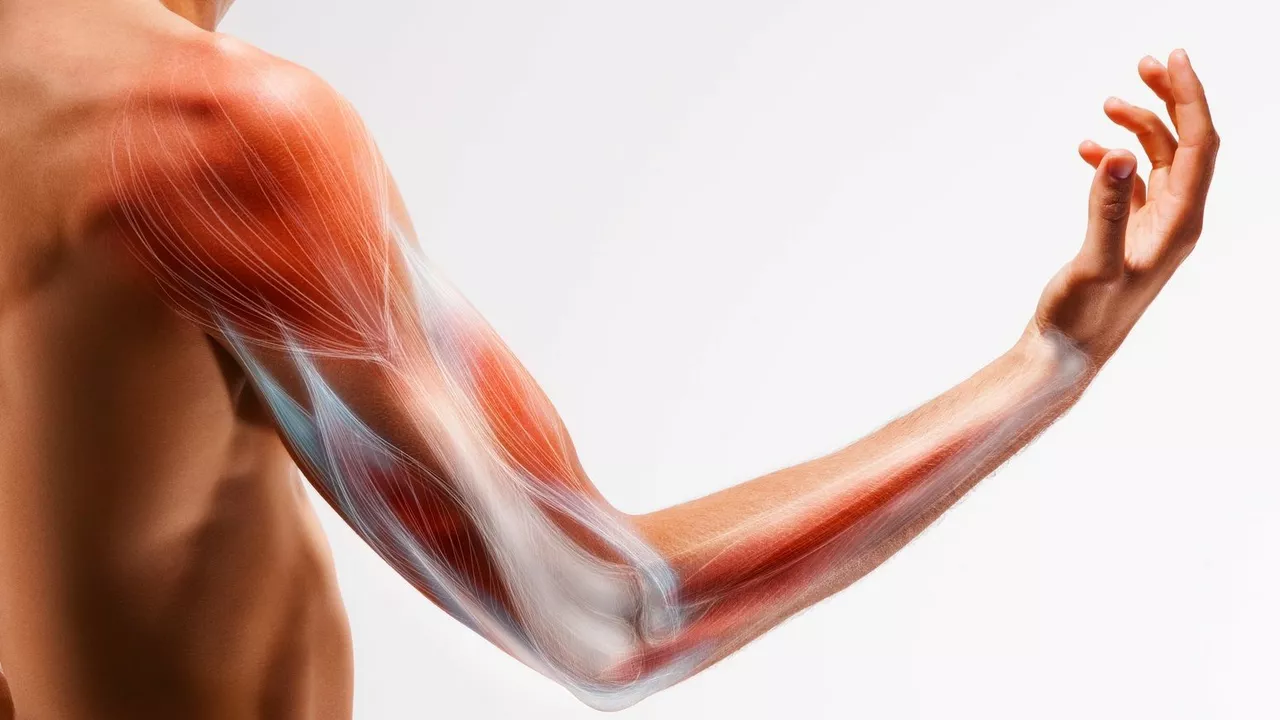Muscle Spasms: Fast Relief, Causes, and How to Prevent Them
Muscle spasms—those sudden tight cramps that seize your calf, thigh, or back—are annoying and sometimes painful. Most of the time they’re harmless and respond to simple fixes. Below you’ll find straightforward, useful steps to stop a spasm, reduce how often they happen, and spot when you need medical help.
Quick relief you can try now
Stop what you’re doing and gently stretch the affected muscle. For a calf cramp, straighten the leg and pull your toes toward your knee. Hold the stretch for 15–30 seconds, breathe slowly, and repeat once. Massage the area with firm pressure to help the muscle relax. Apply heat (warm towel or heating pad) if the muscle feels tight, or use cold (ice pack) if there’s a lot of pain or swelling. Sip water or a sports drink—dehydration and low electrolytes often trigger cramps.
If the pain is still there after home steps, try an over-the-counter pain reliever like ibuprofen or acetaminophen for temporary relief. Use only as directed. If spasms are frequent, a short course of a doctor-prescribed muscle relaxant may help, but that’s something to discuss with a clinician.
Why spasms happen and how to prevent them
Common causes include dehydration, low potassium or magnesium, overuse of a muscle, poor circulation, and holding a position for too long. Older adults, pregnant people, and anyone who exercises hard or takes certain meds (like some diuretics or statins) get cramps more often.
Prevention tips that actually work: stay hydrated throughout the day; include potassium-rich foods (bananas, sweet potatoes) and magnesium sources (nuts, dark leafy greens); warm up before exercise and stretch after; avoid sudden increases in activity; wear supportive shoes; and keep a regular bedtime routine so nighttime cramps are less likely.
If you have diabetes, nerve disease, or thyroid problems, treating those issues can cut cramp frequency. Also review your medicines with a pharmacist or doctor—if a drug is causing cramps, there may be an alternative.
Red flags—call your doctor or seek urgent care if a spasm comes with severe weakness, persistent swelling, fever, numbness, or if the muscle looks pale or cold. Also get checked if cramps start suddenly and often without an obvious trigger, or if home remedies don’t help after a few days. These signs could point to circulation or nerve problems that need tests.
Small changes often make a big difference: drink more water, tweak your diet, add a short stretch routine each morning, and check meds with a clinician. Most muscle spasms are treatable at home, but don’t ignore recurring or severe symptoms—get them evaluated so you can get back to feeling normal faster.
